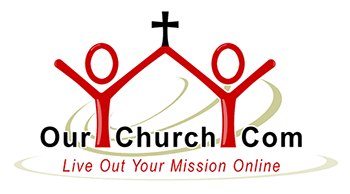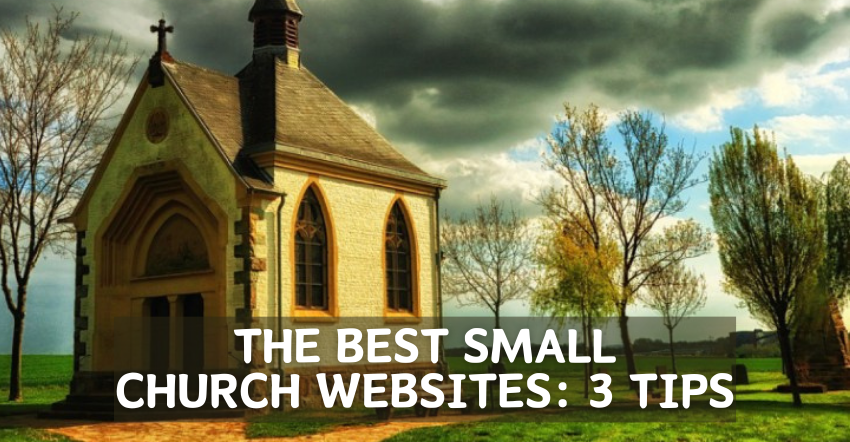From time to time a church website developer will publish a list of the best church websites.
Usually, these lists include a bunch of mega churches that budget tens of thousands of dollars each year towards their website and have one or more full-time website developer on their paid staff.
I give the creators of the lists the benefit of the doubt that their motives are honorable. They want to encourage church leaders by showing that churches can build beautiful, well-functioning church websites that can stand alongside any multi-million dollar corporation or secular nonprofit. And they often provide insight into the tools or design principles used to do that.
But as someone who is a part of a small church, I understand that these lists can be discouraging for many small church leaders, because they can lead to thinking, “Our church could never create a website anything like that.”
So, in this article I want to offer some encouragement and guidance about the best small church websites.
1) Whatever you do, do it well
One of the biggest mistakes small churches make is to look at all the content and features megachurches put on their website – sermon videos, podcasts, blogs, concert ticket sales, small group finder, etc – and then try to put all the same content and features on their website. Because small churches only have a fraction of the time and resources, the end result is usually poor quality, buggy features, and content that is published inconsistently.
Small churches websites should start with the basics. Tell visitors when and where you gather for worship and what to expect. Tell people how to get involved – what ministries and events do you have coming up, and how can they participate.
Once you’re doing that consistently well, if you want to experiment with other content or features, add one thing at a time. Make sure it’s being done consistently well and advancing the mission of the church before you try adding something else.
And if a new feature or new content it taking time, energy and/or money but not resonating with visitors or advancing the mission of the church, kill it, and put the time, energy and money towards something else.
2) Complete your website
Along the same lines, it’s important to complete the pages and information you have on your website.
Don’t put a blank “Sermons” page on your website if you don’t have any sermons on it. Don’t leave a blank calendar on your website with no events listed. Don’t put social media icons on your website that link to social media profiles that you’re not regularly posting to.
It’s better to have a simple 3 page website with a Homepage, About Page and Contact info than a bunch of blank or obsolete pages.
3) Be Authentic
We live in a very superficial society where everyone seems to be trying to sell us on something. Don’t appear to be something you’re not. If 95% of the people of your church are all one ethnicity, don’t say on your website you’re multi-ethnic congregation. If your worship is led by an organist, don’t put on your website a stock image of a 12-person band with smoke and laser lights.
For that matter… don’t use stock photos at all.
Be yourself.

If you’re looking for inspiration, OurChurch.Com’s Best Church Websites of 2024 features mostly small church websites. Request a free website review, and you will not only get some valuable feedback, but you might win an award and get featured on our site.
And if you want to give your church the best small church website you can, check out our WP-EZ Website Builder. It’s fast and easy to use, includes beautiful themes, and our friendly, Christian support team is ready to answer any questions you may have.
Comment and Discuss:
- What do you think is the key to creating a good small church website?
Continue reading… How to set and reach your goals in 2024!



2 Comments
Greetings! I’ve been reading your web site for some
time now and finally got the courage to go ahead and give you a shout out from
Houston Tx! Just wanted to mention keep up the great job!
I wanted to thank you for this excellent read!! I definitely enjoyed every bit of it.
I have you book-marked to look at new things you post…